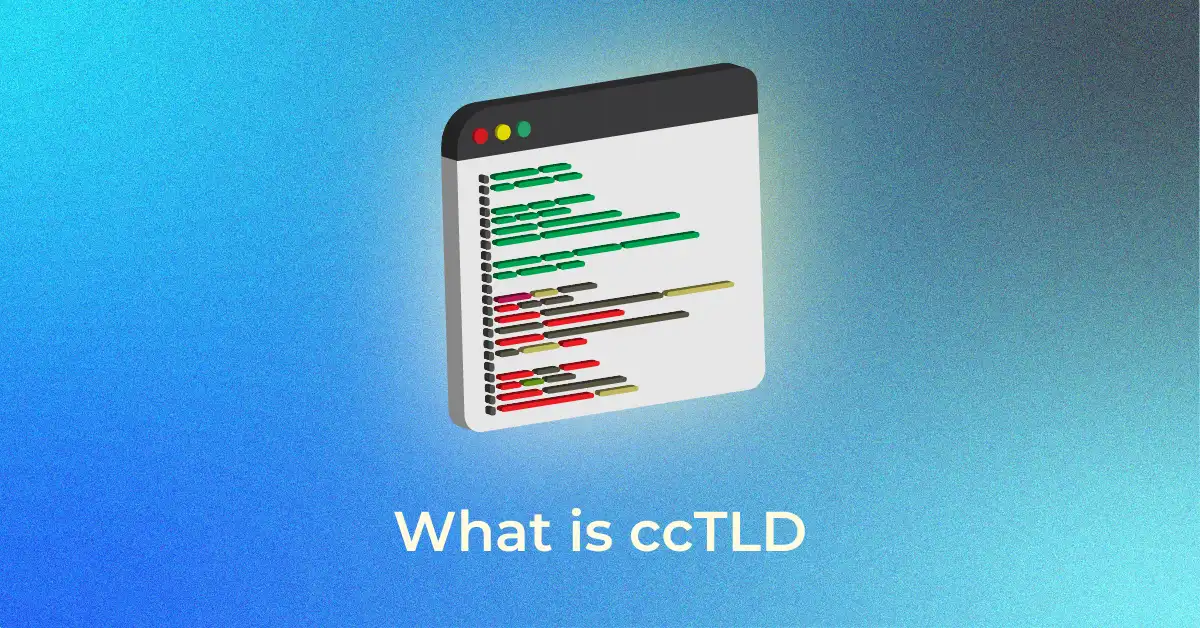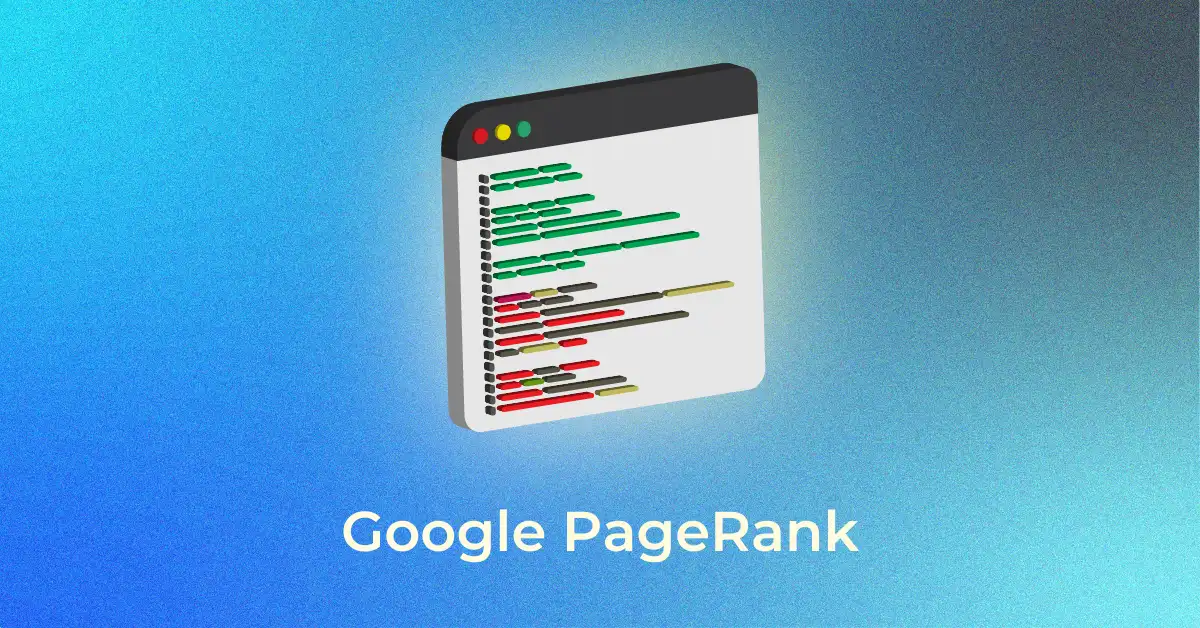Introduction to Trailing Slashes
What is a trailing slash?
A trailing slash is a forward slash found at the end of a URL, signifying that the path usually points to a directory, not a specific file. For example, a URL ending with ‘https://www.example.com/info/’ illustrates a trailing slash after the ‘/info’ directory. Its presence or absence can impact how web servers interpret the URL and how search engines index pages.
Why trailing slashes are important in URLs
Trailing slashes play an essential role in URLs for several reasons. Firstly, they convey intentional structure, dictating that the URL points to a directory, not a file. This differentiation is crucial for web servers because it informs how they should handle the request. Secondly, trailing slashes contribute to URL normalization, which is vital for both user accessibility and search engine optimization (SEO). Uniformity in URL structure helps prevent confusion, avoids duplicate content issues, and allows for a more straightforward method of managing site resources and links. Conducting a technical SEO audit helps ensure that trailing slashes are properly managed, contributing to a more organized and efficient SEO strategy.
Difference between URLs with and without trailing slashes
URLs with and without trailing slashes are technically different resources in the eyes of web servers and search engines. A non-slashed URL typically signals a file, whereas a slashed URL denotes a directory. The distinction affects how the server processes requests and redirects, potentially leading to different content being served under similar URLs. For SEO purposes, it can also lead to confusion about which version to index and rank, thereby impacting a site’s performance in search engine results.
Why Trailing Slashes Matter?
What Google Says About Trailing Slashes
According to Google, the use of a trailing slash after the domain name is largely a matter of preference and does not significantly impact how URLs are interpreted by their search engines. Google Search Advocate John Mueller states the decision to use a trailing slash should be based on consistency across a website’s URL structure. Regardless of the choice, it’s crucial to stick to one convention to prevent confusion or indexing issues. It’s also worth noting that slashes within the URL, as opposed to at the end, are significant and can change the URL’s meaning and functionality.
Impact on Web Development and SEO
The decision of whether to include a trailing slash in URLs has significant implications in web development and SEO. For developers, consistency in URL structure facilitates easier management of site architecture, proper redirection, and optimal server performance. On the SEO front, a unified URL format ensures search engines crawl and index content correctly, mitigating risks associated with duplicate content.
When a trailing slash is not uniformly used, developers must implement strategies like 301 redirects to consolidate signals and preserve link equity. As for SEO, without consistent handling, search engines may view the same content as separate pages, diluting rankings and wasting crawl budget on unnecessary URLs.
Technical distinctions between directories and files
From a technical standpoint, the trailing slash helps to distinguish between files and directories on a web server. Directories are often implied with a trailing slash, signaling the server to serve the index file from within that directory. If a URL ends without a trailing slash, the server typically tries to find a specific file by that name. When the server’s configuration can’t resolve such ambiguities, users might encounter issues, including error messages or a display of directory contents.
This distinction influences how a website or webpage is designed, organized, and even how it responds to user input, which is why understanding the difference is essential for clean and efficient web development practices.
Trailing Slash and SEO
How search engines interpret URLs with and without trailing slashes
Search engines, such as Google, interpret URLs with and without trailing slashes as potentially unique pages. When both versions of a URL exist, i.e., with and without a trailing slash, search engines might crawl and index them separately, considering them as different content. This can be problematic since it may lead to a split in ranking signals, such as link authority and page metrics, between the two URLs. The resulting duplicate content issues can also negatively impact SEO, diluting the effectiveness of a site’s indexing and visibility in search results.
Potential SEO consequences (duplicate content, canonical URLs)
The presence of both trailing slash and non-trailing slash versions of URLs can lead to potential SEO consequences. Duplicate content arises when search engines index both versions, mistakenly believing they are different pages. This can dilute the ranking power of a page as external links may point to two separate URLs, splitting the credit that would otherwise consolidate under one URL.
To remedy this, canonical URLs are used to signal search engines which version of the URL is the preferred one, effectively consolidating ranking signals and avoiding penalties associated with duplicate content. Not managing these properly can lead to a less efficient crawl process, wasted crawl budget, and lower overall visibility in search engine result pages.
Best practices for SEO when handling trailing slashes
For effective SEO handling of trailing slashes, the best practice is to choose one URL structure and apply it consistently across your website. If you opt to include trailing slashes, ensure all directory URLs have them, and consistently link to these URLs internally. Implement 301 redirects to guide search engines and users from non-trailing to trailing slash URLs and vice versa, depending on your chosen convention.
Further, indicate your preferred URL structure in your sitemap and use canonical tags to reinforce your preferred URLs. Regularly monitor for crawl errors in your Google Search Console and rectify inconsistencies promptly. These strategies will help maintain a clean site structure, improve user experience, and bolster search engine visibility.
Trailing Slash in Web Development
How servers interpret URLs with and without trailing slashes
Servers can interpret URLs with and without trailing slashes differently based on their configuration. A URL with a trailing slash often indicates a directory, prompting the server to serve up a default index file, like index.html, from within that directory. Conversely, a URL without a trailing slash could be interpreted as a request for a specific file. If the server does not locate a file with the provided name, it might then try to find a directory and apply a 301 redirection to the URL with the trailing slash, depending on the server settings.
These interpretations can impact loading times and server behavior, necessitating a clear-cut rule within the web server configuration to handle both types of data requests efficiently.
How to configure web servers to handle trailing slashes
To configure web servers to properly handle trailing slashes, you need to specify rewrite rules that align with your preferred URL structure. If trailing slashes for directories are your standard, include a rewrite rule to add a slash to requests that lack one. For example, in an Apache server, you can add to your .htaccess file:
RewriteEngine On
RewriteCond %{REQUEST_FILENAME} !-f
RewriteCond %{REQUEST_URI} !(.*)/$
RewriteRule ^(.*)$ http://%{HTTP_HOST}/$1/ [L,R=301]
If you need to remove trailing slashes for file requests, configure the server to strip the slash and serve the file:
RewriteEngine On
RewriteRule ^/?(.+)/$ /$1 [R=301,L]
Adapting these configurations prevents incorrect redirects and ensures that search engines and users are led to the correct URL format.
Redirecting between URLs with and without trailing slashes
Redirecting between URLs with and without trailing slashes is vital for maintaining a canonical URL structure and providing a consistent user experience. To accomplish this, use 301 (permanent) redirects, which inform search engines that a page has moved to a new URL and that the original URL should pass its SEO value to the target URL.
If you’re standardizing on trailing slashes, configure your web server to redirect non-trailing slash URLs to their trailing slash counterparts. Conversely, if you’re omitting them, ensure that URLs ending in a slash are redirected to their non-slash version. These redirects should be implemented at the server level for efficiency and accuracy, whether you are using Apache, Nginx, or any other web server.
Specific Cases: Folders vs. Files
How Web Servers Interpret Trailing Slashes
Web servers use the presence or absence of trailing slashes in a URL to interpret whether the client is requesting a directory or a specific file. Trailing slashes generally indicate a directory, and the server attempts to serve the index file within that directory. Without a trailing slash, the server expects a resource name and tries to locate a file with that exact name. Servers like Apache may also be configured to redirect users to the URL with a trailing slash if the requested resource is indeed a directory, to conform with the convention of ending directory URLs with a slash for user clarity.
These interpretations can be explicitly defined by server configuration and rewrite rules to ensure that the web server handles the hostname and incoming requests correctly and consistently.
Categories, Tags, and Canonicalization Considerations
When it comes to categories, tags, and other taxonomies in WordPress content management systems, trailing slashes and canonicalization play a significant role. They help search engines understand the site’s structure and content hierarchy. For instance, WordPress category URLs might use trailing slashes to denote a directory of posts, whereas individual post URLs might omit the slash, indicating a specific file or entry.
Canonicalization considerations come into play to avoid duplicate content across categories, tags, and individual post pages. Canonical tags should be used to indicate the preferred URL to search engines, ensuring they consolidate ranking signals to that URL. For SEO purposes, consistently formatting URL structures and correctly applying canonical tags aid in more efficient crawling and indexing of content according to the intended site architecture.
Preparing for Website Migration and Trailing Slashes
Maintaining Trailing Slash Rules After Migration
Ensuring consistency in URL structure after a website migration is crucial. Maintaining trailing slash rules is an integral part of this process. During migration, map old URLs to new ones carefully to preserve trailing slash conventions. Any deviations in structure can disrupt user access and search engine indexing. Perform thorough testing post-migration to ensure redirects are functioning as intended and modify server rules or rewrite directives if necessary. It’s critical to update and test all internal and external links to reflect the chosen trailing slash policy, thus protecting your site’s SEO value and providing continuity for regular users.
Updating Internal Links and Redirects to Preserve SEO
For preserving SEO, updating internal links and redirects after making changes to your URL structure, including the decision on trailing slashes, is non-negotiable. You must identify all internal links that point to the old versions of your URLs and update them to match your current trailing slash policy to prevent unnecessary redirects, which can waste the crawl budget and slow down page loading times.
If you’ve implemented 301 redirects, revisit them to confirm their accuracy and efficiency, ensuring they point directly to the final URL version to avoid redirect chains. Consistency across your internal linking structure will not only aid in maintaining link equity but also help search engines crawl and index your website more effectively.
Advanced SEO Techniques for Trailing Slash Optimization
International SEO and Hreflang Tags
For websites targeting multiple countries or languages, trailing slashes should be handled with consideration to international SEO. When implementing hreflang tags to tell search engines which language you are using on a specific page, it’s essential that the URLs in the hreflang attributes match the preferred URL structure, including the consistent use of trailing slashes.
Having a mismatch between hreflang URLs and canonical URLs can confuse search engines and lead to indexing issues. Moreover, for sites using different URLs for language or regional variations, it’s vital to ensure that any redirects honor the trailing slash rules and that hreflang link annotations are included correctly to guide search engines and users to the proper version of the content.
Crawling and Indexing Implications for Trailing Slashes
The implications of trailing slashes on crawling and indexing are substantial. Search engine crawlers, like Googlebot, may treat URLs with and without trailing slashes as separate entities, potentially crawling them both and thus inefficiently using the website’s crawl budget. This could mean less frequent crawling of new or updated content, especially on larger websites.
Moreover, if both versions of a URL are indexed, it can lead to duplicate content issues, which may impact the search visibility of the pages. It’s important to direct crawlers to the definitive version of each URL using redirects or canonical tags and ensure sitemaps only contain the canonical versions. Doing so helps maintain a clean index and ensures that search engines spend their time crawling and indexing new or more important pages.
Best Practices for Managing Trailing Slashes
Establishing a consistent URL structure for your site
Establishing a consistent root URL structure is a foundational SEO practice. Decide whether your site will use trailing slashes and uniformly apply this decision across every URL. This consistency allows users and search engines to predict the pattern of your URLs, which enhances user experience and optimizes crawling efficiency. Ensure that this structure is reflected everywhere, from internal links to sitemap entries, and reinforced through proper server configuration and the use of 301 redirects to unify access points.
By doing so, you bolster the integrity of your site architecture and facilitate stronger SEO signals because clarity in your URL structure sends clean, organized signals to search engines about the content and structure of your website.
Choosing the right approach: with or without trailing slashes
Common Pitfalls with Trailing Slashes
Duplicate content issues
- Duplicate content can occur when both the trailing slash and non-trailing slash versions of a URL are accessible and indexed by search engines. This can negatively impact SEO as search engines may struggle to determine which version to prioritize, potentially diluting link equity and weakening the overall authority of the page.
- Search engines consider the URL with a trailing slash and without a trailing slash as two separate pages hosting identical content, which can lead to indexing issues. For instance, Google’s web crawlers might crawl `http://example.com/page` and `http://example.com/page/` separately.
- Having both versions of a URL can split the backlink profile for a page, because some sites may link to the trailing slash version while others link to the non-trailing slash version. This can weaken the perceived value of the content by search engines due to distributed effort in ranking.
Mixed URL formats across pages
One significant pitfall in SEO practices is the inconsistency of URL formats across different pages of a website. When some URLs end with a trailing slash and others do not, it creates an environment where search engines might interpret these as separate pages hosting identical content. This can dilute the perceived value of each page in the eyes of search algorithms, negatively impacting the site’s search rankings. It’s essential to establish a uniform standard for URL structures and adhere to it website-wide. Consistency in URL format not only facilitates better indexing by search engines but also provides a cleaner user experience. In turn, this can contribute to enhanced site reliability and improved SEO performance, with search engines being able to more accurately interpret and value the content of the site, thereby elevating its position in search results.
Incorrect configurations leading to broken links or 404 errors
### Common Pitfalls with Trailing Slashes
#### Incorrect configurations leading to broken links or 404 errors
A recurring issue with the use of trailing slashes is their incorrect configuration, which can result in broken links or the dreaded 404 errors. Such discrepancies arise when URLs are treated differently with or without trailing slashes, thus confusing search engines and users alike. For instance, if “example.com/page” and “example.com/page/” are considered separate URLs without proper redirection, this can dilute link equity and hinder search engine optimization efforts. Moreover, this confusion can cause analytics tools to report traffic inaccurately, as they might count these URLs as distinct entries. It is essential to establish a consistent approach to trailing slashes and ensure that the server is configured to either force or remove them universally. Utilizing 301 redirects can mitigate these issues by guiding traffic from the incorrect URL variant to the chosen canonical form, thus preserving link juice and providing clarity to search engine crawlers.
FAQs About Trailing Slashes and URL Structuring
Is a Trailing Slash Necessary for Every URL?
A trailing slash isn’t necessary for every URL; it typically denotes a directory. Without it, URLs imply a file or endpoint. Choose consistently to avoid duplicate content issues.
Can Changing Trailing Slash Policy Affect Rankings?
Yes, changing trailing slash policy can affect rankings as it may create duplicate content issues that confuse search engines and impact SEO negatively. Use 301 redirects to prevent this.
What Should I Do If Different Content Appears on Trailing and Non-Trailing Slash URLs?
Ensure both URL versions (with and without trailing slash) show the same content or set a 301 redirect to avoid duplicate content issues.
How can I fix duplicate content caused by trailing slashes?
To fix duplicate content from trailing slashes in WordPress, use a 301 redirect for WordPress site-wide consistency or enable “Trailing slashes redirect” in Permalink Manager settings.
Popular Searches
How useful was this post?
0 / 5. 0

















